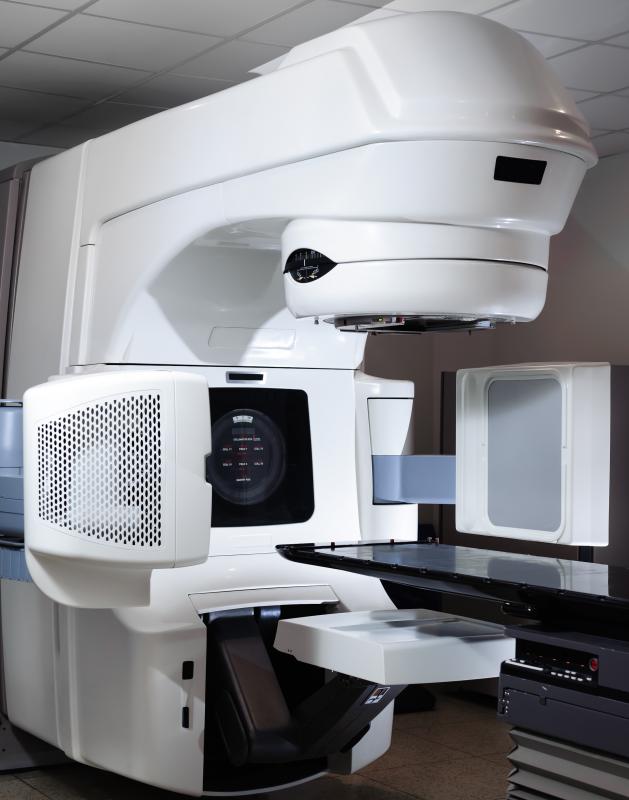Radiation Security
Is radon really bad for you?
Breathing radon over time increases your risk of lung cancer. Radon is the second leading cause of lung cancer in the United States. Nationally, the EPA estimates that about 21,000 people die each year from radon-related lung cancer. Only smoking causes more lung cancer deaths.

The event dramatized the truth that radon degrees in particular homes can sometimes be orders of magnitude more than normal. Radon quickly became a basic property owner issue, though common residential exposures are 2 to 3 orders of size reduced (100 Bq/m3, or 2.5 pCi/L), making individual screening vital to assessment of radon danger in any kind of particular residence. Radon does not create scratchy eyes or sprinkling noses, but it does damage your lungs in time. Long-lasting direct exposure throughout years, even if radon degrees rise and also go down over time, drastically raises your opportunities of developing lung cancer. Because you're investing hrs each time in your house breathing in the air, you're mosting likely to take in plenty of radon as you prepare, wash, and also sleep if it's present in the home's air supply.
The majority of wellness as well as radiation experts concur that while a little part of granite counter tops may give off enhanced degrees of radon, a lot of kitchen counters release exceptionally low levels. According to the US Environmental Protection Agency (EPA), it's extremely unlikely that a granite countertop in a house would certainly raise the radiation level over the regular, all-natural history degree that originates from neighboring soil as well as rocks. Still, individuals worried concerning radon from kitchen counters and also from other house resources can check these levels utilizing residence detection sets or can work with a professional to do the testing (see the area "Exactly how can I stay clear of direct exposure to radon?"). The words radon test "failed" or radon test "passed" are thrown around around.
Is radon mitigation really necessary?
When radon gas enters the body, it exposes the lungs to small amounts of radiation. In small quantities, experts say this is harmless. However, in persistent exposures or larger quantities, radon can damage the cells of the lining of the lungs, increasing a person's chance of developing lung cancer.
The very first major research studies with radon and health and wellness occurred in the context of uranium mining, first in the Joachimsthal region of Bohemia and then in the Southwestern United States during the very early Cold War. Underground uranium mines may have high concentrations of radon since radon is an item of the contaminated decay of uranium. Numerous uranium miners in the Four Corners region got lung cancer and various other pathologies as a result of high degrees of direct exposure to radon in the mid-1950s. The searchings for were published in the journal Wellness Physics in 2008.
- Lung cancer cells threat rises 16% per 2.7 pCi/L rise in radon direct exposure.
- Radon gas is a naturally-occurring byproduct of the radioactive degeneration of Uranium in the dirt.
- Depending on your geographical location, the radon degrees of the air you take a breath outside of your house might be as high as 0.75 pCi/L.
- The US EPA has actually placed it simply, specifying, "Any radon direct exposure has some threat of causing lung cancer.
In the United States, roughly 14 states have a state radon programs which train as well as license radon reduction professionals as well as radon measurement specialists. To determine if your state licenses radon experts contact your state health department. Without the correct devices or technical understanding, radon degrees can actually boost or produce other additional expenses as well as prospective risks. A list of licensed mitigation provider is available via state radon offices, which are detailed on the EPA website at/ radon/whereyoulive. html.
Radon gas enters homes from below, through cracks in the foundations as well as floors. With many house owners knowing reasonably little regarding radon gas as well as its threats, there's http://beauiyhx366.timeforchangecounselling.com/radon-screening-in-real-estate lots to discover before taking on the trouble. Understanding the extent of radon direct exposure, the parts of the nation with the highest degree of gas production, and also mitigation costs will prepare you for tackling the challenge. This is just one of the most generally asked questions after, "What is radon testing?" The soil under your home isn't an arbitrary mix of dirt. You can not inform just by looking, yet there are some contaminated aspects that compose typical minerals as well as rocks found mixed into the soil across the nation.
How long does it take for radon to cause cancer?
Fact: You will reduce your risk of lung cancer when you reduce radon levels, even if you've lived with an elevated radon level for a long time. Keep in mind that radon levels below 4 pCi/L still pose some risk and that radon levels can be reduced to 2 pCi/L or below in most homes.